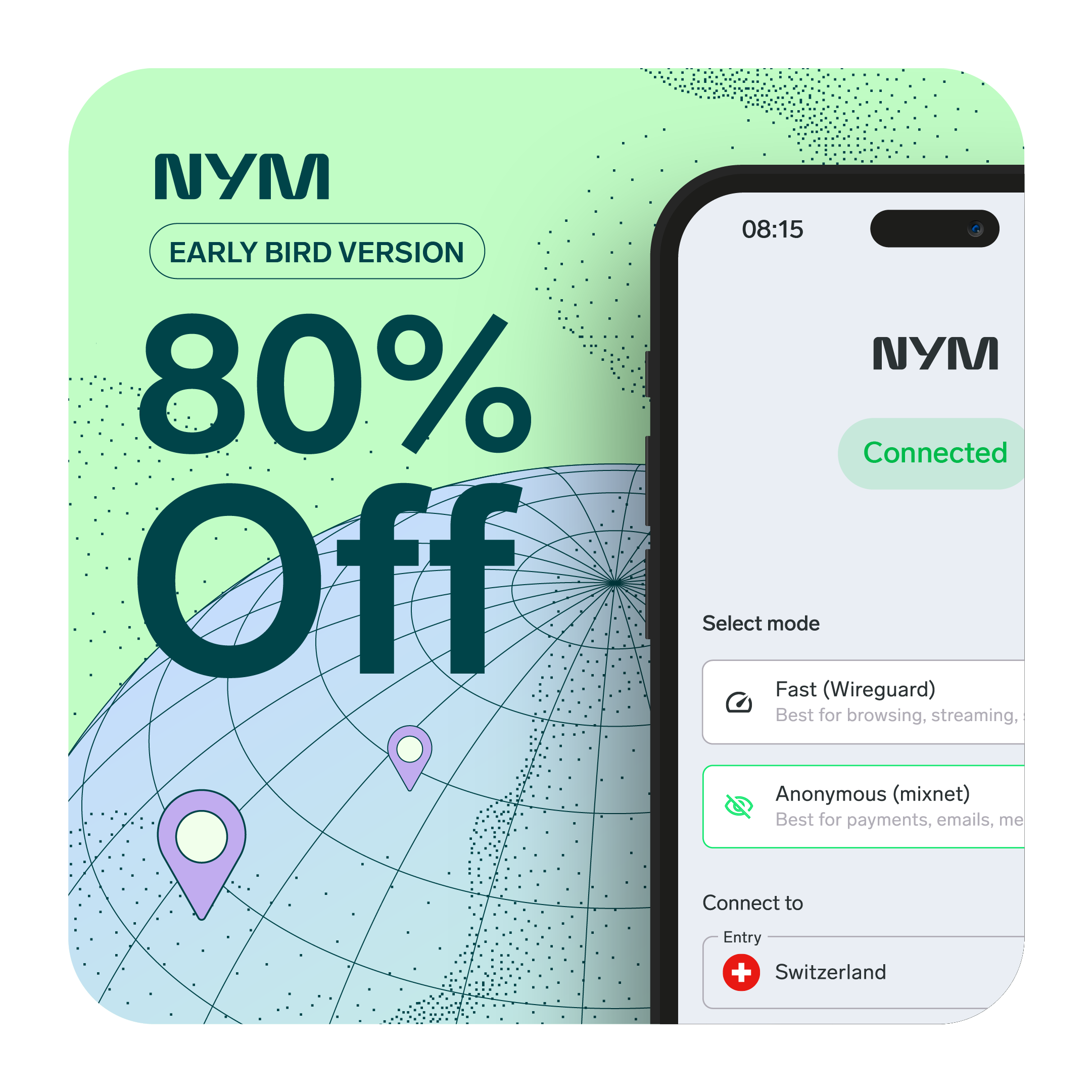Privacy in Web3 and AI is the main topic of this page and the starting point to strengthen your digital sovereignty in 2025, offering guides, reviews, and strategies to protect your personal data.
Privacy in Web3 and AI: Your Gateway to Digital Sovereignty

Privacy in Web3 and AI – Key 2025 insights on data protection, AI privacy concerns, and digital sovereignty.
Why Privacy in Web3 and AI matters in 2025
Data is the world’s most valuable currency, yet the default remains centralization, opaque data flows, and invasive tracking. Privacy in Web3 and AI flips that logic by putting users back in control through decentralization, open standards, and cryptography. With privacy-first AI models, zero-knowledge proofs, and on-device processing, you can protect identity, intent, and context while maintaining performance. This hub curates the essential concepts, practices, and tools to make privacy measurable, auditable, and repeatable across your stack.
To align with recognized frameworks, start with GDPR.eu and the W3C Privacy Principles, then map those principles to your Web3 architecture and AI workflows.
What you’ll find in this Privacy hub
- AI Model Privacy Reviews — independent analyses focused on transparency, user control, hosting sovereignty, and open source. Compare models and identify trade-offs quickly.
- Web3 Privacy Innovations — ZK tooling, privacy-preserving chains, wallets, and decentralized identity that strengthen privacy in Web3 and AI without sacrificing usability.
- Actionable Guides — step-by-step playbooks to reduce data exposure, configure retention, and harden critical surfaces (auth, storage, logs, analytics).
Browse the full Privacy articles collection and our latest AI privacy reviews to choose tools that match your risk model.
How to apply Privacy in Web3 and AI — quick checklist
- Prefer on-device or self-hosted inference; when using cloud, minimize retention, logging, and cross-region transfers.
- Use end-to-end encryption, selective disclosure, and signed requests for every sensitive data flow.
- Maintain a living data map: what you collect, why, where it’s stored, who can access it, and how long you keep it.
- Adopt verifiable open-source components for critical privacy surfaces and track upstream changes.
- Review vendors, models, and jurisdictions quarterly; document exceptions and compensating controls.
This operational approach keeps Privacy in Web3 and AI practical, testable, and compliant by design.
FAQ — fast answers for generative search
What is “Privacy in Web3 and AI”?
A set of tools and practices that keep your data under your control using decentralization, open standards, and privacy-preserving AI.
How does Web3 improve privacy?
By shifting trust from platforms to cryptography and distributed systems (e.g., ZK proofs, self-custody, selective disclosure).
Where should I start?
Explore our Privacy category for guides, then dive into AI privacy reviews to pick privacy-first models.
Does this align with regulation?
Yes — map data flows to GDPR principles and practice data minimization; see GDPR.eu for criteria you can operationalize.





